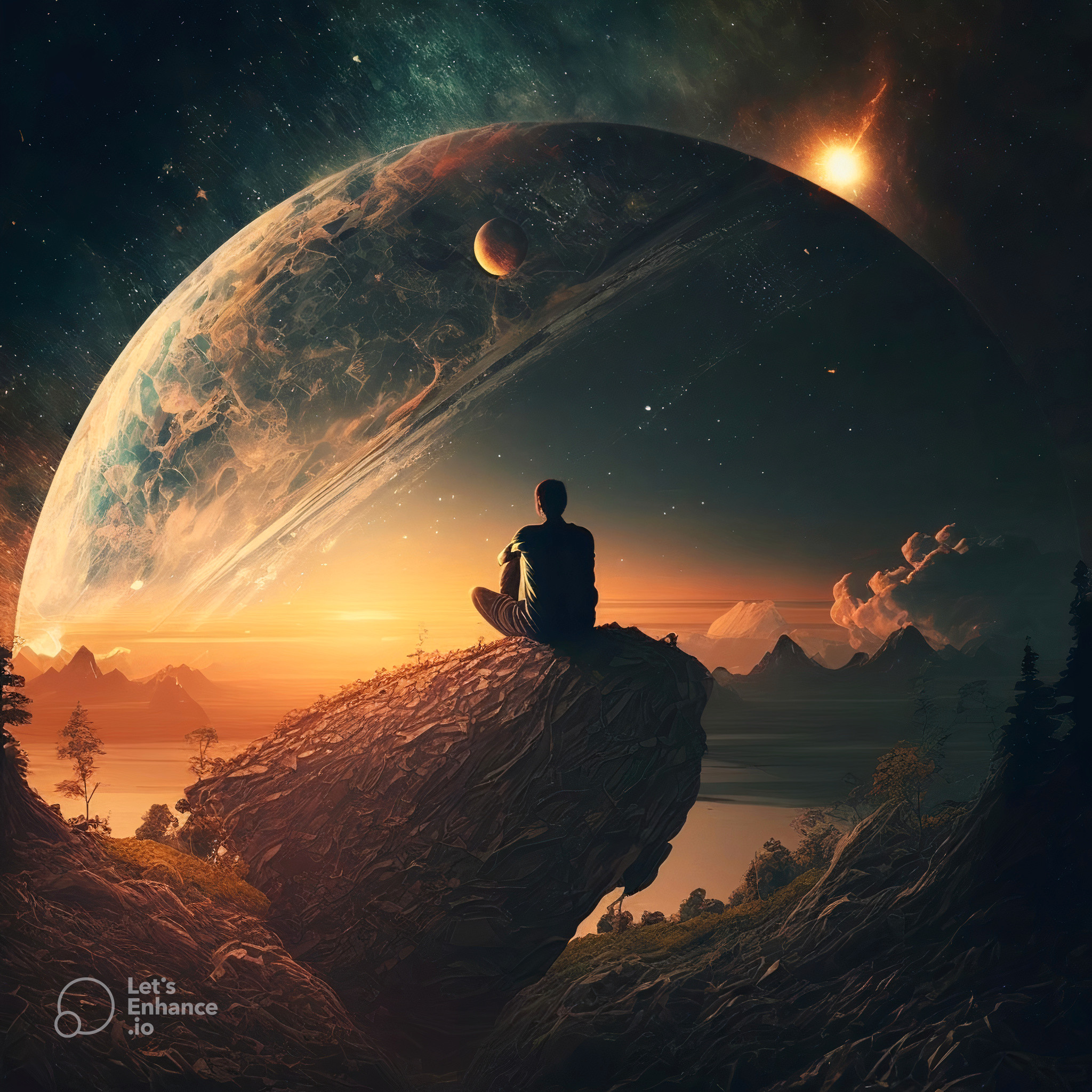The world of design is constantly evolving, and advancements in technology are playing a significant role in shaping its future. With the advent of artificial intelligence (AI), designers have been able to explore new avenues in creating innovative designs that were once limited by their imagination. From science fiction movies to real-life applications, AI has revolutionized the world of design and turned imagination into reality.
How AI is Transforming the World of Design
The impact of AI on design can be seen in many areas, including graphic design, product design, and even architecture. With the help of AI, designers can now create designs that are not only visually stunning but also functional and efficient. For example, AI-powered software can analyze user behavior and provide designers with insights on how to create designs that are user-friendly and intuitive.
In graphic design, AI has become an invaluable tool for designers. AI-powered software can now generate logos, fonts, and layouts that are optimized for specific applications. This not only saves designers time and effort but also provides them with a wider range of options to choose from.
In product design, AI is helping designers create products that are not only aesthetically pleasing but also efficient and sustainable. By analyzing data on user behavior and environmental factors, AI-powered software can help designers create products that are tailored to meet the needs of specific target markets.
AI is also transforming the world of architecture. With the help of AI, architects can now create designs that are optimized for specific environments and conditions. For example, AI-powered software can analyze weather patterns, sun angles, and wind speeds to create designs that are energy-efficient and sustainable.
The impact of AI on design is not limited to these areas alone. AI is also helping designers in fields such as fashion, interior design, and even art. With AI-powered tools, designers can now create designs that were once limited by their imagination.
However, while AI has the potential to revolutionize the world of design, it also poses some challenges. One of the biggest challenges is ensuring that AI-powered designs are not just functional but also aesthetically pleasing. Another challenge is ensuring that AI-powered designs are not biased towards certain groups or demographics.
Despite these challenges, the impact of AI on the world of design is undeniable. From helping designers create user-friendly products to revolutionizing the world of architecture, AI has turned imagination into reality. As AI technology continues to evolve, designers will have even more tools at their disposal to create designs that are not only beautiful but also functional and sustainable. The future of design is bright, and AI is at the forefront of this exciting new era.
I would like to emphasize that
the world of design is constantly evolving, and advancements in AI technology are playing a significant role in shaping its future. My advice to the readers of this article is to stay updated with the latest developments in AI and to be open to exploring new ways of incorporating AI into their design processes. By embracing AI, designers can not only enhance their creativity but also create designs that are more efficient, sustainable, and user-friendly.
